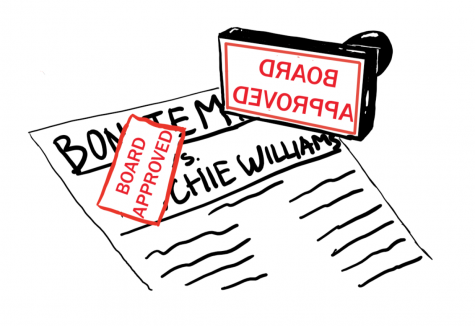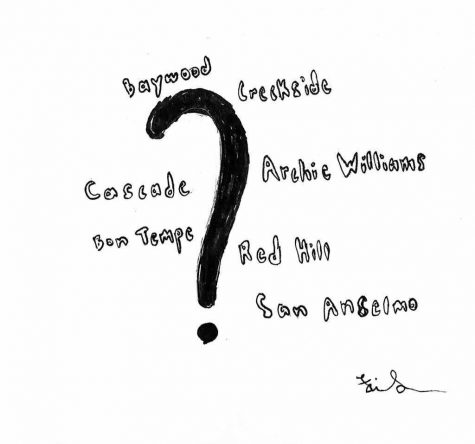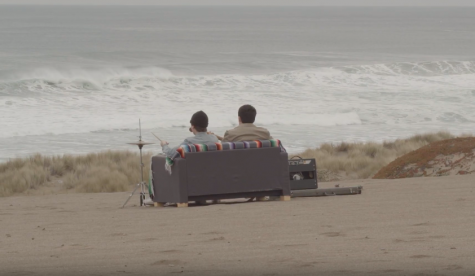A look back on “Taxi Driver”
What happens to someone constantly shunned by society, mistreated and misunderstood? What happens to people who are different? These are the questions asked in Martin Scorsese’s psychological thriller Taxi Driver. Modeled partly after former shooters’ manifestos, the film follows insomniac Travis Buckley, played by Robert De Niro, as he turns his back on society and “avenges” the downtrodden.
After being discharged from the Vietnam war, Buckley returns to America with no family or home to return to. Working night shifts as a taxi driver in New York City, Buckley lives completely alone, interacting only with the passengers in his cab.
The taxi’s usually filthy by morning, and Buckley has to wash remnants of drugs and alcohol, as well as different bodily fluids, off the seats each day. What he sees each night on the streets of his home quickly sparks resentment towards the city. He begins to see its inhabitants as sinful.
He stalks a woman working for a mayoral election campaign for a while, before approaching her and trying to take her out to an erotic movie. She rejects him and, dejected, Buckley withdraws further. Later, a 12 year old prostitute catches his eye, and as the film escalates he makes up his mind to save her. The film ends with him breaking into the brothel she lives at and murdering everyone there but her.
The slow burn of “Taxi Driver” feels almost like a dream. Characters float along, and the plot drifts as well. It’s as if everything is out of focus but De Niro, who breaks out of his trances to briefly struggle against the even flow, before being lulled back into routine.
The passage of time is conveyed perfectly— the mournful score moans as Buckley drifts the dark streets, lulling the audience into his routine. Days and nights blur together until moments are plucked from the monotony.
Buckley is obviously mentally ill, suffering from what appears to be psychosis or delusional thoughts as well as depression and insomnia. Yet no one notices, and anyone who does, shuns him.
In 1976, New York City was dying. There were no safety nets and barely any laws upheld. As Buckley witnessed firsthand, crime ran rampant at night. This eventually led to him deciding that he was the only one who could fix things.
Although there has definitely been more light shed on the issue, there are still those that feel unheard today. As sick as it sounds, Buckley’s massacre was a cry for help, for recognition. I believe it’s the same with most shootings. Obviously no one in their right mind would want to do something so horrible.
Nobody wants to feel invisible, but there still aren’t enough safety nets. People fall through the cracks all the time, and sometimes they take others with them.







